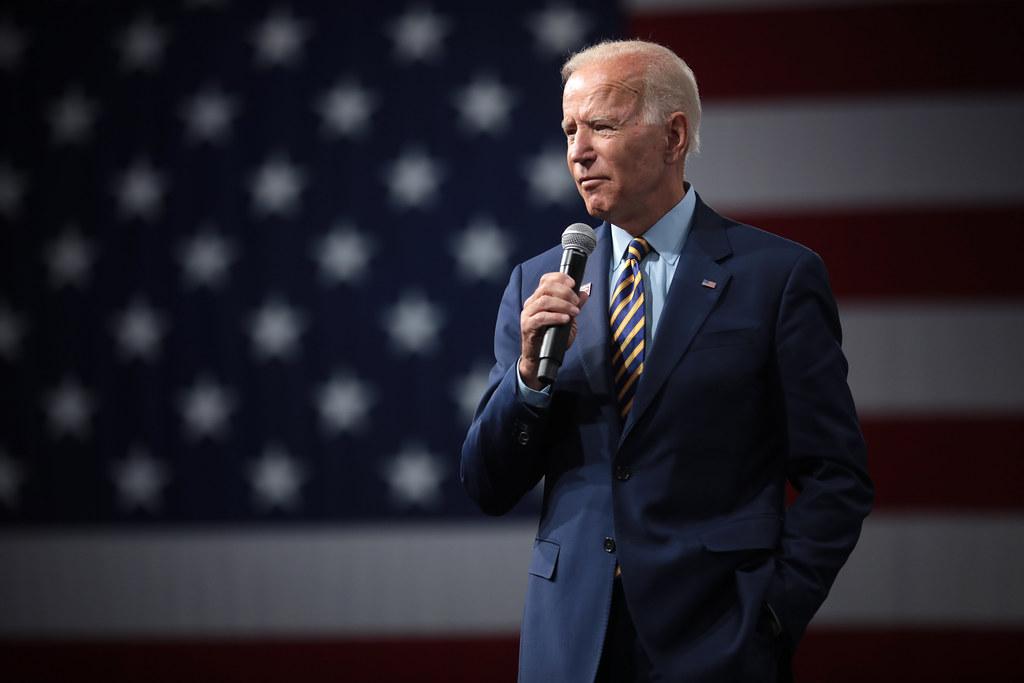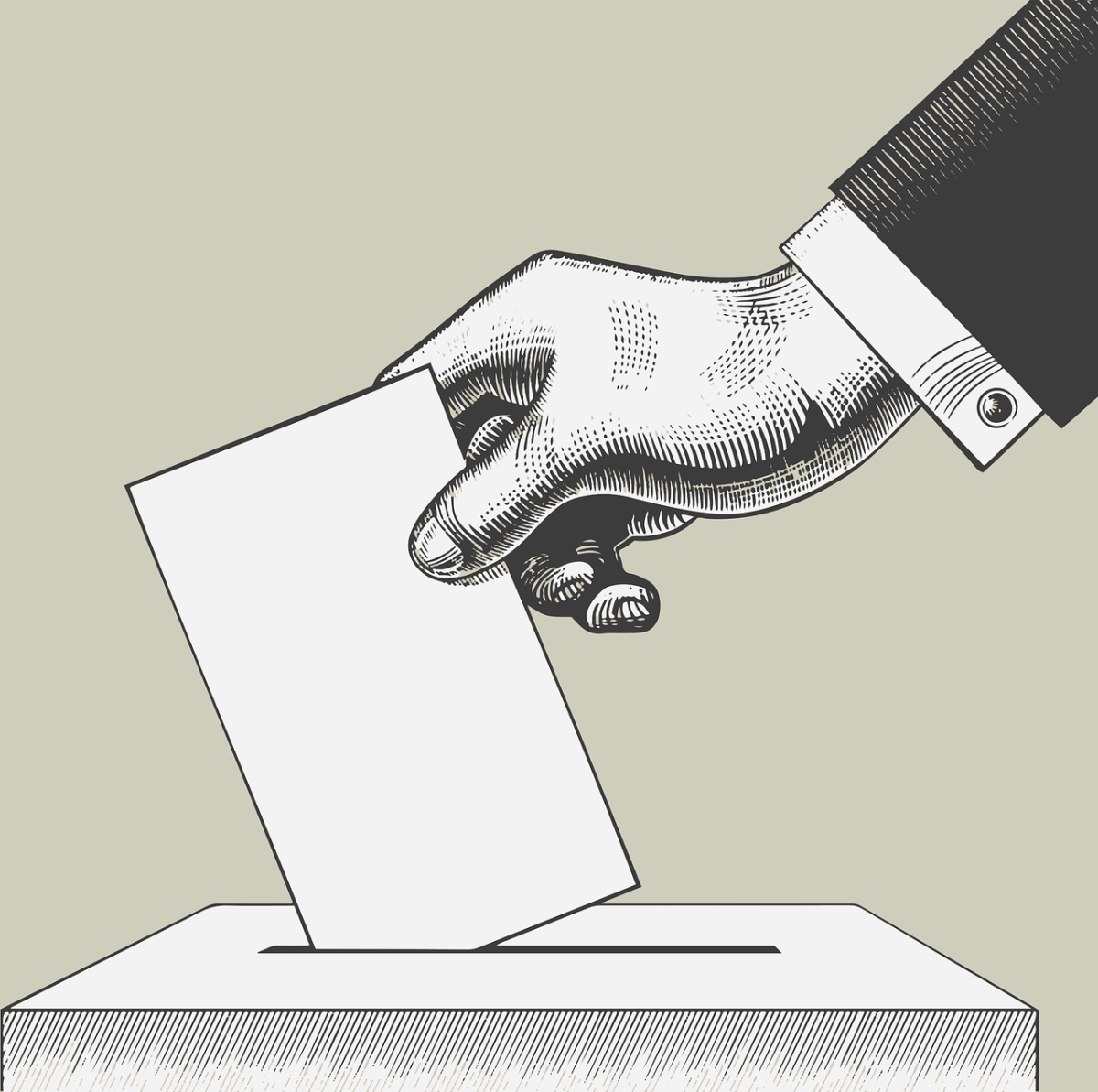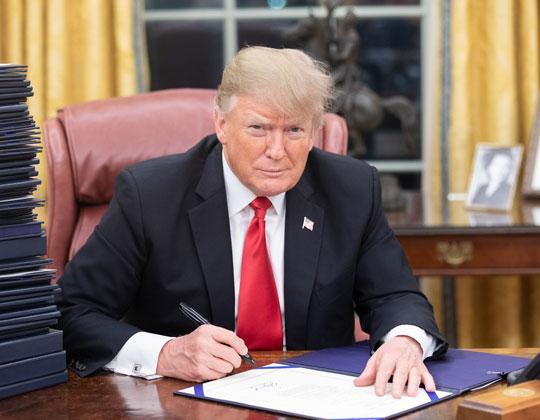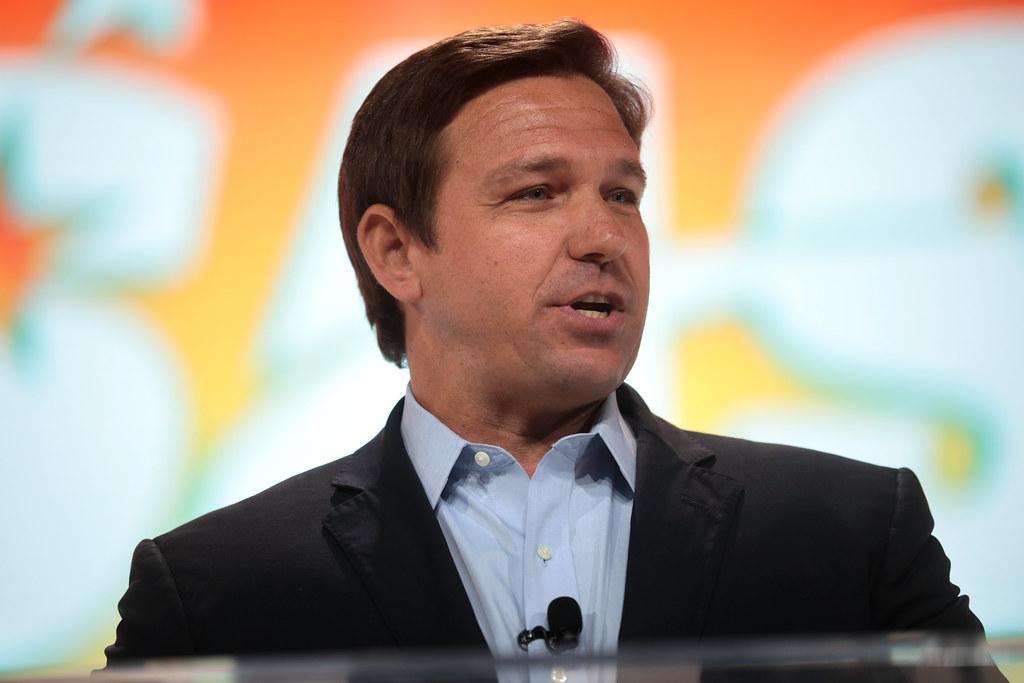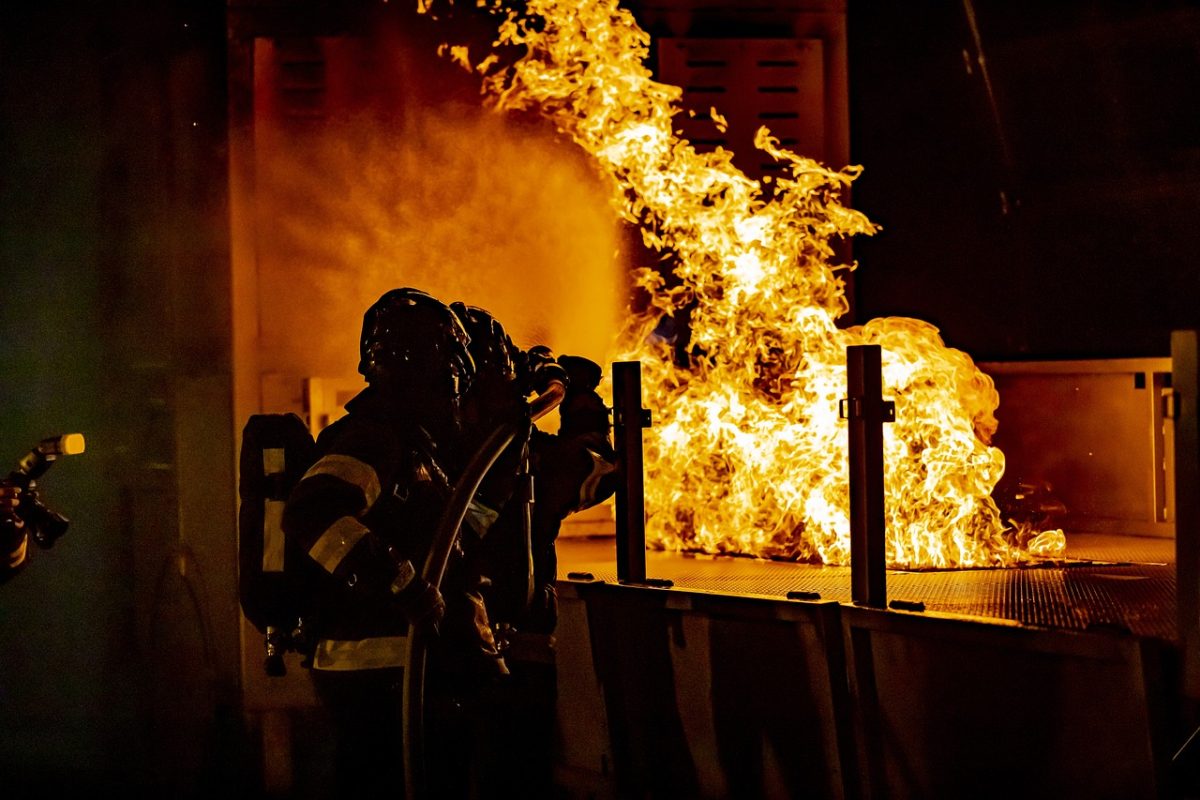On Wednesday, April 28, President Joe Biden held his first address to Congress just a day short of holding 100 days in office. He not only discussed the success of the COVID-19 relief bill, but also introduced a multitude of other proposals and ideas some of which were in his initials when running for president. However, the main topic of his hour-long speech was his introduction to the American Families Plan and Infrastructure Plan in hopes these will boost the economy once more. This is part of Biden’s overall $4 trillion economic plan.
The American Families Plan is set to aid in child and family support for the lower and middle class, invest in the IRS, and fund tax credits and education. Topics under child and family support include paid family and medical leave, child care, and nutrition programs. Funding for education would go towards pell grants, increased pay for teachers, free universal preschool, two free years of community college, funding for minority groups under colleges and universities, and the completion and retention of the American education system. The final three categories umbrellaed under this plan are IRS investments to collect more revenue, A.C.A. premium tax credit expansion, and the expansion of the child, earned-income, and child and dependent care tax credits. Everything included in the family plan totals upwards of $1.8 trillion.
The other part of Biden’s economic plan is the all-included Infrastructure plan which he released the details of during his run for presidency. This plan includes the topics of transportation, jobs and innovation, building and utilities, and in-home care. Jobs and innovation has a hefty load of topics included under it with the costs of 17 benefits underlined. Some of the most costly benefits include climate technology, domestic manufacturing, clean energy, workforce development, dislocated workers, the semiconductor industry, research infrastructure, pandemic preparation, and the National Science Foundation. The smaller yet cost-efficient projects include those of funding small businesses, underserved places, rural areas, innovation, H.B.C.U.s, research and development, and community investment. The categories that fall under the funding of transportation are roads and bridges, public transit, road safety, underserved communities, passenger freight railways, waterways and ports, airports, disaster resilience, and electric vehicle incentives, which is the most costly. Buildings and utilities under the Infrastructure Plan include fundings towards affordable housing, public schools, child care facilities, federal buildings, veterans hospitals, community colleges, water systems, electric grid and clean energy, high speed broadband, and the elimination of lead pipes. In-home care is a category within itself putting $400 billion towards care for people with disabilities and older adults. Everything under the infrastructure plan is at an estimated cost of $2.3 trillion.
Most of the spending and tax cuts proposed on Wednesday in Congress are directed towards families, with provisions for a national paid family and medical leave program, child care subsidies, and extensions of several tax credit expansions from the most recent COVID-19 relief bill. The plan also calls on Congress to adjust the unemployment insurance system so that it would automatically link the length and amount of benefits to economic conditions. President Biden intends to pay for the infrastructure portion of the plan with 15 years of higher taxes on corporations.
During his agenda presentation, Biden called on Congress to create a new agency that would develop breakthrough treatments for diseases. This agency would be created within the National Institutes of Health, if created and passed by Congress. This idea was modeled after the Defense Advanced Research Projects Agency (DARPA), which laid the groundwork for many innovations like modern internet. The goal of a new agency would be to finance innovative research that could translate into products to fight ailments ranging from diabetes to Alzheimer’s disease to cancer. The fight against cancer has been deeply personal for Mr. Biden after his son, Beau, died of brain cancer in 2015. Proponents believe this is why Biden is so prominent about persuading Congress to act upon this.
Another element to President Biden’s address to congress was what can be done to regulate gun control and how Congress needs to work as one to achieve this, rather than “red and blue,” quoted by President Biden himself. In urging Congress to work together, he called on GOP lawmakers in the upper chamber to enact gun reform legislation. “I don’t want to become confrontational, but we need more Senate Republicans to join with the overwhelming majority of their Democratic colleagues, and close loopholes and require background checks to purchase a gun,” he said. As of now, there are two House-passed bills that are stalled in the Senate that would strengthen background checks and close the “Charleston loophole” by extending the amount of time federal investigators have to conduct background checks.
Biden also called for a ban on assault weapons and high-capacity magazines, echoing the comments he made following a recent mass shooting in Boulder, Colorado. “We need a ban on assault weapons and high capacity again. Don’t tell me it can’t be done. We did it before and it worked.” In this statement, President Biden refers to the 10-year ban on assault weapons that Congress had previously passed in 1994 under former President Clinton, when Biden served in the Senate. Proving his point, he said that mass shootings and gun violence prevention declined at a noticeable rate before the ban expired in 2004. Biden started his remarks on gun violence by calling for the reauthorization of the Violence Against Women Act, which would prevent abusers from being able to purchase firearms. “It’s estimated that more than 50 women are shot and killed by an intimate partner every month in America. “Let’s pass it and save lives,” Biden said. Currently, there are six actions the administration will be taking to tackle gun violence prevention, including taking action on ghost guns and red flag laws.
President Biden also made history by having two women, Vice President Kamala Harris and House Speaker Nancy Pelosi on the stand with him. “Madam Vice President,” Biden said as he turned to her. “No president has ever said those words from this podium, and it’s about time.”
President Biden called for a broad reshaping of American society. He used his first formal address to Congress to highlight many topics mainly falling under the categories of urging a vast expansion of safety net and educational programs while promising to harness the government to create jobs and opportunities for those often left behind.





























